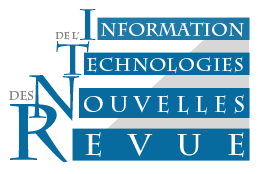Comment rendre un GNN plus équitable pour la prédiction de liens ?
In EGC 2023, vol. RNTI-E-39, pp.127-138
Abstract
Although algorithmic fairness has recently raised a great deal of interest in the machine learning community, the number of contributions specific to graph data remains scarce. In this paper, we address the problem of fair representation learning for graph data with a focus on the notion of dyadic fairness in the context of edge prediction for attributed graphs. We designed a model that, given pairs of nodes along with a protected attribute, learns individual representation based on the variational information bottleneck principle (Alemi et al., 2017). The proposed model allows us to simultaneously learn non-linear node embeddings reflecting the graph structure, while explicitly controlling the level of fairness. Experiments carried out on several real-world datasets confirmed the capacity of the proposed method both to maintain high accuracy on the edge prediction task while significantly reducing bias.

